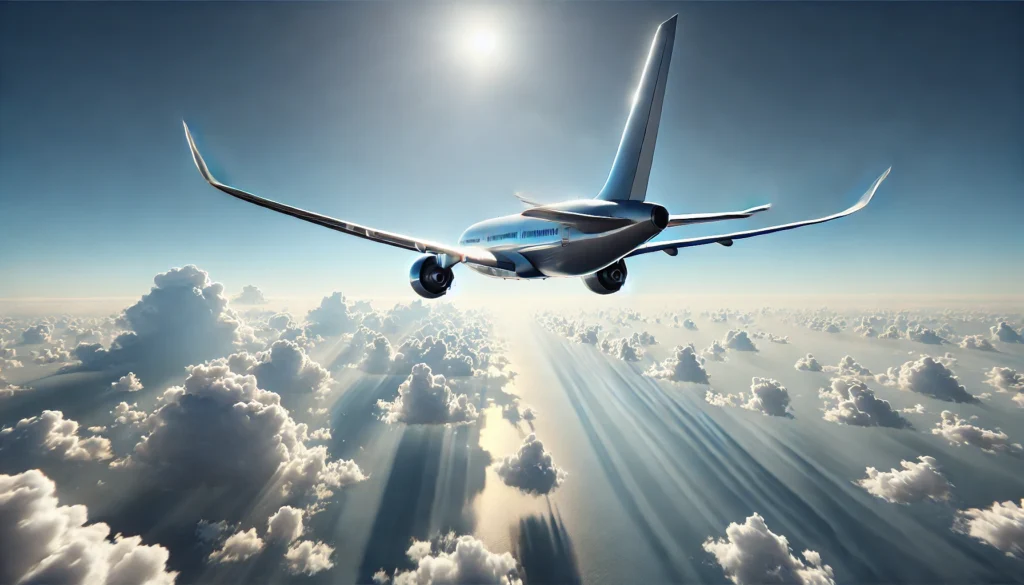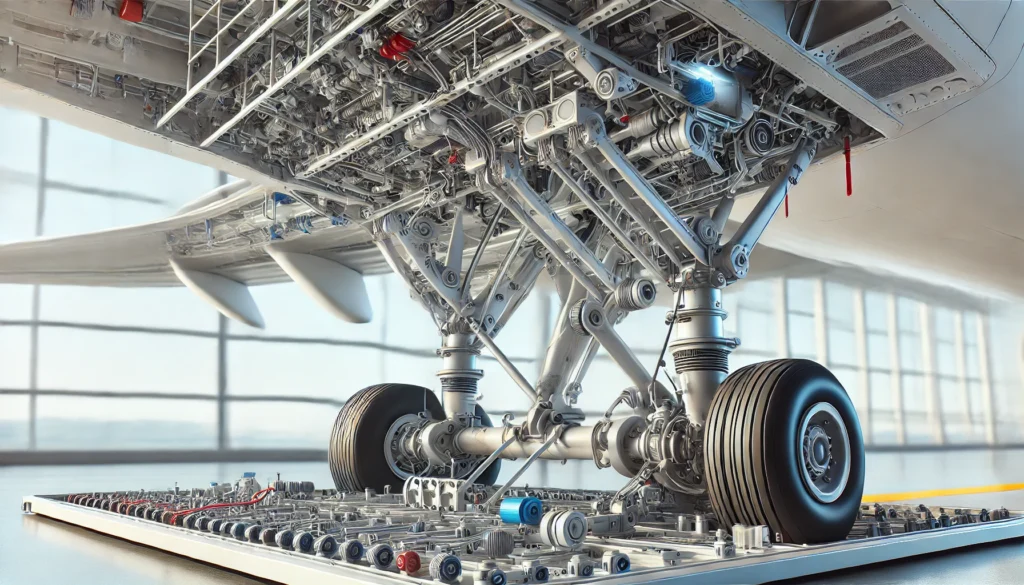“Basic idea of Aircraft Elevator”
- AeroDrive Venture
- December 1, 2024
- Category : Aviation
When we talk about aircraft, one of the most important parts of its control system is the elevator. Think of an elevator as a steering tool that helps the airplane go up or down in the sky. Whether you’re a curious aviation enthusiast, a student, or someone diving into aerospace engineering, understanding the elevator’s function is essential. It plays a crucial role in managing the pitch of the aircraft, which is how the nose of the plane tilts up or down.
What is an Aircraft Elevator?
An elevator is a moveable surface usually located on the tail of the aircraft. It’s attached to the horizontal stabilizer, which is the small wing-like part on the airplane’s tail. The elevator works by changing its angle to control the pitch of the aircraft.
- Nose Up: The elevator moves upwards, making the nose of the plane rise, and the aircraft climbs.
- Nose Down: The elevator moves downwards, making the nose dip, and the aircraft descends.

In broad terms, aircraft elevators can be categorized into two types based on the level of technology and complexity:
01. Basic Aircraft &
02. Advanced Aircraft.
It is made of strong materials but still needs regular maintenance to work properly. Sometimes, elevators look shiny because they reflect sunlight at high altitudes. Birds flying near an aircraft rarely interact with the elevator. Pilots do not directly touch the elevator; they use controls in the cockpit to make it move.
Why Are Elevators Important?
Elevators are essential for the safe and smooth operation of an aircraft. They allow pilots to control the altitude (height) of the plane and help balance it during flight.

Without elevators, flying would be nearly impossible because the aircraft wouldn’t be able to adjust its angle or height effectively. Elevators are found on almost all airplanes, regardless of their size. They often move silently, even though they play a critical role in flight. People sitting in the cabin usually cannot see the elevators working. Elevators don’t have any direct connection to the type of seats installed on the plane. They sometimes get inspected more frequently than other parts of the aircraft to ensure safety.
How Does the Elevator Work?
The pilot controls the elevator using a control column or a joystick in the cockpit.

When the pilot pushes or pulls the column:
- The elevator moves up or down.
- This changes the air pressure around the tail.
- The change in pressure tilts the nose of the aircraft up or down.
Why Learn About Elevators?
Understanding elevators is a great starting point to learning about how aircraft fly. Even though they are just one part of the flight control system, their function is critical. Whether you’re an aviation enthusiast, a student, or just curious about how planes work, knowing about elevators gives you insight into the amazing mechanics of flight.
Key Facts About Aircraft Elevators
- Location: Most elevators are located on the tail, but some modern aircraft might use other designs, like “all-moving tails” or canards (small surfaces at the front of the aircraft).
- Simple Yet Powerful: Though it’s a relatively small part, the elevator’s movement significantly affects the entire airplane.
- Used in All Phases of Flight: Elevators are active during takeoff, climbing, cruising, descending, and landing.

We’ll talk more about aircraft elevators in details very soon. Stay tuned for a simple and clear explanation!
